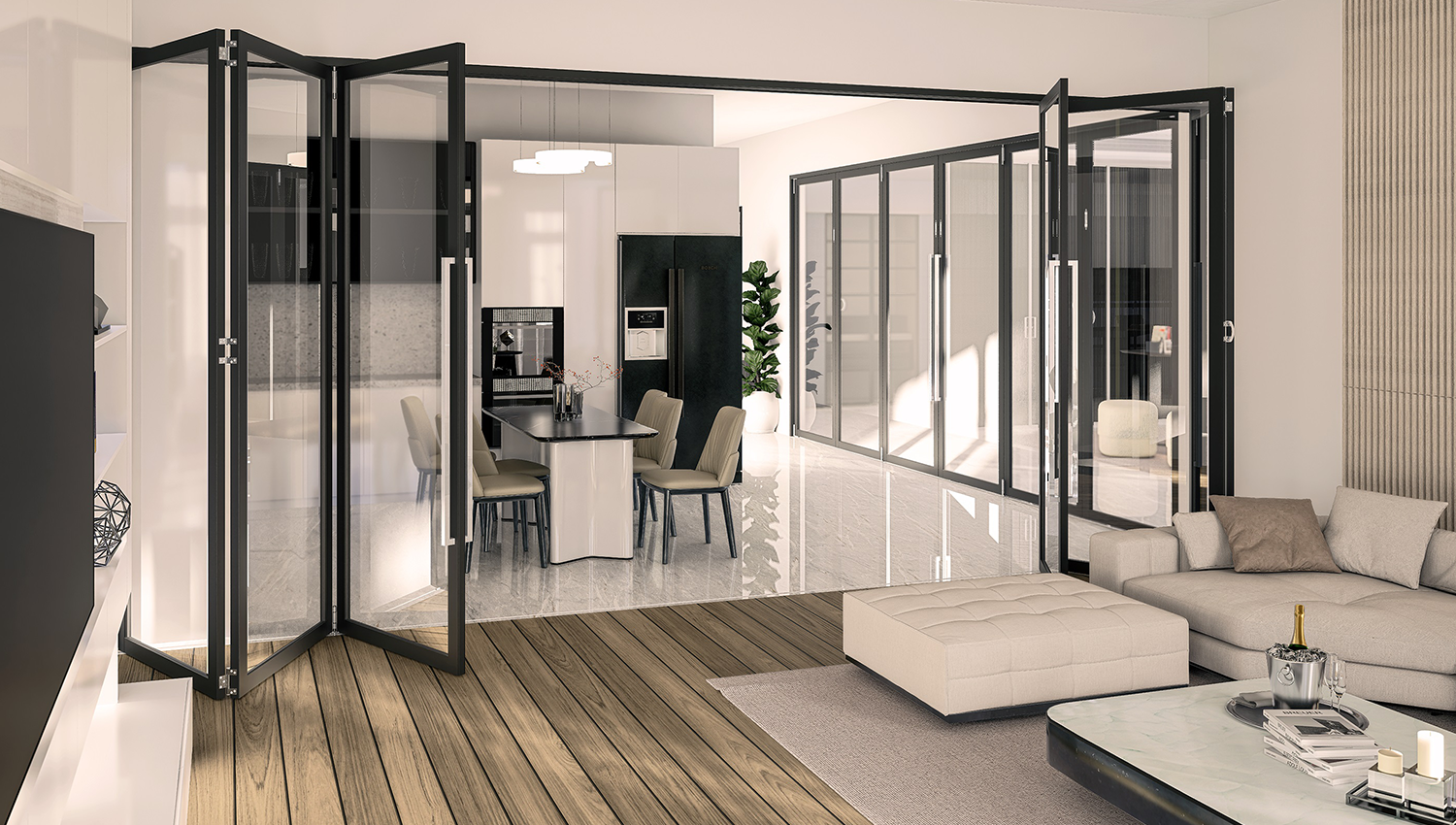
Our last blog ended with us exploring “playful” offices inspired by dotcom start-ups in the 2000s, with slides between floors instead of stairs and arcade games in the foyer. So, where did trends in office design go after this?

While there are still many workplaces that practice the “Google” model of fun design, the 2010s started to see a shift away from this kind of aesthetic towards a re-acknowledgement of work as a place for “serious” endeavor. However, that doesn’t mean that design has become more conservative, nor does it mean that ideas about work-life balance or play in the workplace have been completely rejected – rather, they have been incorporated into a new style of commercial office design with a new direction.

As the aging population causes a shrink in the talent pool, employee engagement becomes an increasingly important issue as companies put more effort into recruiting and retaining the best. However, employee engagement is also becoming recognized as an important issue in its own right, as companies that score well in this area tend to deliver a better bottom line by up to 20 percent. Office design is on the front line of this effort, as a workplace that is vibrant, comfortable to work in and offers employees a sense of ownership is more likely to inspire higher engagement. We take a look at some of the office design innovations in the 2010s that are helping to boost this important metric.

The “all artificial” aesthetic of the 1950s represents the polar opposite of what office design is trying to achieve in the 2010s. Contemporary designers recognize that most people require a certain amount of contact with nature in the course of their day. This is reflected in contemporary office construction by maximizing natural light as much as possible with the use of windows and skylights.
Plants can also be recruited in this effort as well. This can take the form of placing potted plants throughout the office, or it can even go as far as incorporating entire walls of greenery into the overall design, as both the Twitter and Etsy offices do. The effect on your employees can be outstanding, boosting a sense of health and focus.

While the open office design has been popular since its introduction in the 1950s, there has been controversy over the past few years about its effectiveness. Numerous studies have shown that while this style of office may encourage collaboration, it can interfere with the ability to concentrate and cause people to struggle with a lack of privacy in their workspace. This has a negative effect on the performance of tasks that require focus and concentration and can result in disengagement and lowered productivity.
The design response to this problem in the 2010s has been to create more balance and variety in office spaces, with a blend of private and collaborative areas to encourage both forms of work. Employees can move between open spaces for group discussions and enclosed offices or meeting rooms for quieter, more concentrated work.

We spend a lot of time at work and there has been a growing awareness about the state of our bodies as well as our minds while we’re at the office. This has resulted in a growing importance placed on ergonomic design in office furniture, minimizing the impact of a sedentary job on our bodies. This includes innovations such as improvements in ergonomic chair design through to standing desks that eliminate sitting altogether. There has also been a growing movement towards encouraging general health practices in the workplace, from providing healthy snacks to installing company health activities such as employee walking challenges. Google even doubles down on this with treadmill desks that workers can use to walk while they work!

It has become increasingly acknowledged that if workers feel a sense of identification with and ownership of their space, they are more likely to be more engaged. Some companies promote this with a strong sense of corporate culture that bolsters its unique identity and encourages involvement from its employees. The Etsy office is a good example of this, with its quirky decor (including a mural wall that has been painted on by past and current workers) and monthly crafting nights for the employees. Google pops up again as an innovator here with its incorporation of employee ideas in the design of their own workspace – which has resulted in such interesting innovations as a pub-like meeting room in Dublin and a sidewalk cafe in Istanbul. Apparently, they have discovered that diner booths often work better than traditional meeting rooms!
What do you think of contemporary office design trends? What ones would you like to try in your own office space, and which ones do you think may end up being a “flash in the pan”? And where do you think they might go in the future?? (That’s something we’re going to explore in the next blog!) Let us know your thoughts in the comments!

In the world of luxury residential design, every element must serve a dual purpose: stunning visual impact and flawless performance...

When we think of luxury homes, the focus often falls on architectural statement pieces – expansive glazing, bespoke joinery, or curated finishes...